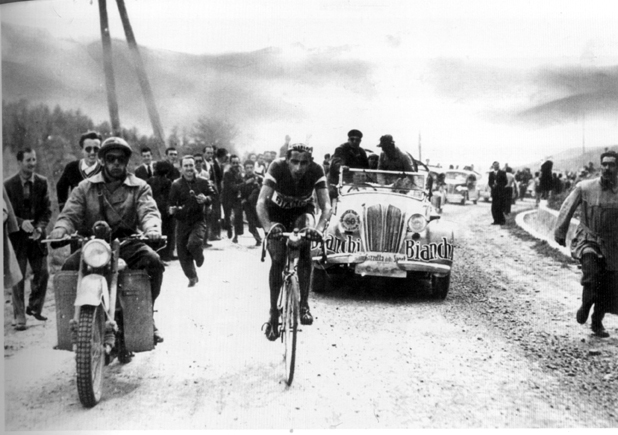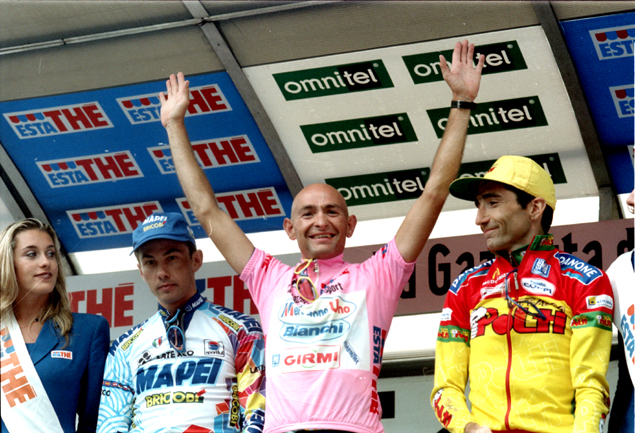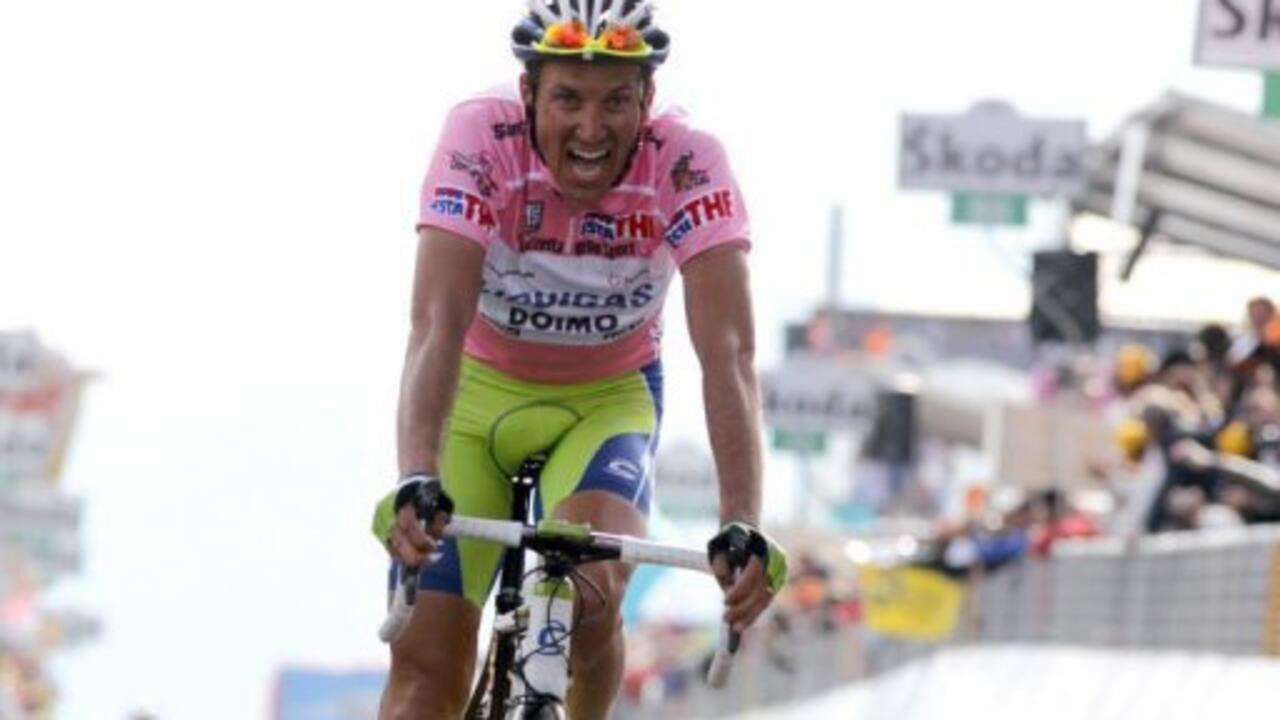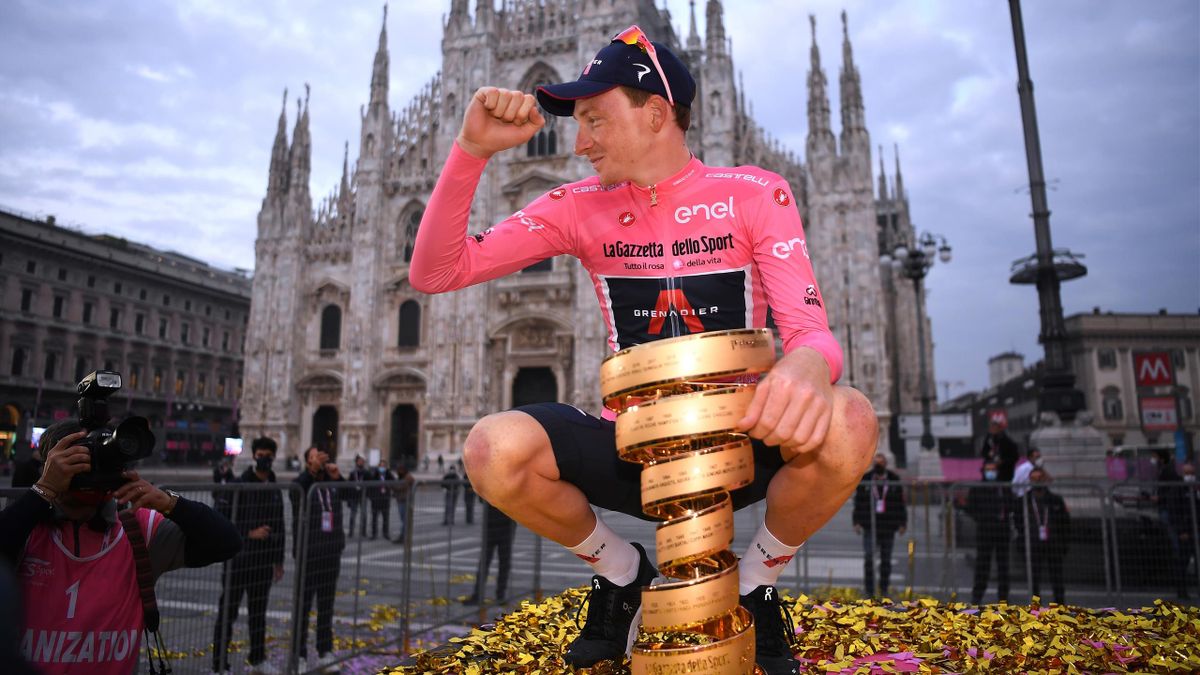I’m not a fan of mesuring subjective things. Even as a literary critic I have never liked the custom of giving stars or scores for cultural products. It’s terribly simplyfying, meawhile I’m proud to have more sofisticated thoughts.
On the other hand, I’m aware, that people like to read simplyfied ranks and lists of everything. And luckily we have now stuffs like ChatGPT, lacking any kind of human vanity, especially those ones preventing me from writing otherwise popular articles, so we can ask it (him? her? them?) what its “opinion” about the topic.
Also, I tend to focus on the time period before 1980, meanwhile the AI has jo such self-restriction.
So, anyway, here is the answer:
The Giro d’Italia, one of cycling’s grand tours, has offered a century of drama, heroism, and legendary performances. While many editions have been memorable, five stand out as truly exceptional—thanks to the quality of racing, historical significance, and emotional narratives.
The Giro d’Italia has long been a theater of cycling’s greatest dramas, but a few editions stand out for their unforgettable narratives, fierce rivalries, and historic feats. Here are five of the most legendary Giri, and why they remain etched in the sport’s collective memory.
1. 1949 – Fausto Coppi’s masterpiece

The 1949 Giro is often hailed as the most iconic edition in history, thanks to the exploits of Fausto Coppi. On Stage 17, from Cuneo to Pinerolo, Coppi launched one of the greatest solo breakaways of all time. He attacked early and rode alone for over 190 kilometers, conquering five grueling Alpine passes, including the Maddalena, Vars, Izoard, Montgenèvre, and Sestriere. His performance was so dominant that he gained nearly 12 minutes on his closest rival—Gino Bartali—cementing his status as a legend. The stage gave birth to the famous phrase: “Only Coppi is on the road.” The combination of physical mastery, strategic brilliance, and the poetic rivalry with Bartali made the 1949 Giro a timeless classic.
2. 1987 – Roche vs. Visentini: betrayal and triumph

The 1987 Giro saw Irishman Stephen Roche produce one of the sport’s most controversial victories. Riding for Italian team Carrera, Roche was expected to support Italian star Roberto Visentini. But after Visentini took the race lead, Roche attacked him on Stage 15, causing a rift in the team and among fans. The move shocked the cycling world—but Roche’s daring, resilience, and intelligent racing allowed him to hold off fierce opposition and win the overall title. This edition became a defining moment in cycling politics, strategy, and psychology. It also launched Roche’s incredible Triple Crown season, as he went on to win the Tour de France and the World Championships that same year.
3. 1998 – Pantani’s redemption

After years plagued by injury, Marco Pantani returned to glory in the 1998 Giro. Known for his aggressive climbing, Pantani dazzled fans with his attacking style in the mountains, particularly on the legendary climb of Montecampione where he dropped Pavel Tonkov to take the race lead. His emotional comeback, combined with his eventual Tour de France win later that year, made 1998 one of the last true climber’s triumphs in Grand Tour racing. It symbolized both personal redemption and a purer, romantic era of cycling—before tragedy later struck his life and career.
4. 2010 – Basso’s comeback and chaos>

The 2010 edition was thrilling from start to finish, with unpredictable weather, brutal routes, and relentless action. Ivan Basso, returning from a doping suspension, rode with discipline and strength to claim his second Giro title. The race featured iconic climbs like the Zoncolan and Mortirolo, as well as chaotic stages like the strade bianche roads of Tuscany. Basso’s key moment came on the Zoncolan, where he distanced rivals with raw power. His victory symbolized redemption and endurance, in a race filled with uncertainty and spectacle.
5. 2020 – The underdog victory of Tao Geoghegan Hart

Delayed and reshaped by the COVID-19 pandemic, the 2020 Giro delivered a story no one expected. With team leader Geraint Thomas crashing out early, British rider Tao Geoghegan Hart gradually emerged as a contender. In a rare twist, he and Jai Hindley entered the final stage—a time trial in Milan—tied on overall time. Geoghegan Hart delivered the ride of his life to win the pink jersey. This edition wasn’t just about cycling—it was about resilience, adaptability, and seizing opportunity in the most unpredictable circumstances imaginable.